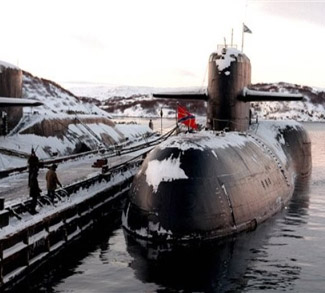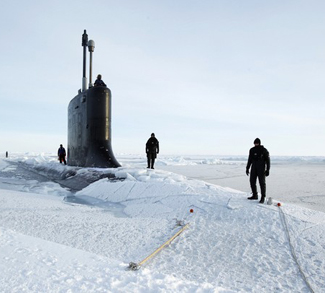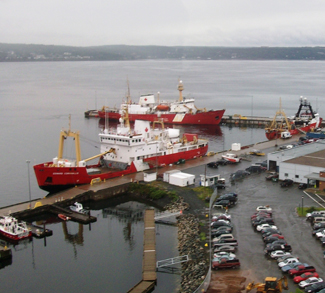Summary
The Arctic is a critical region for Russia, and owing to Vladimir Putin’s sustained emphasis on Arctic revival, the region may become a defining characteristic of a post-USSR Russian identity, says Zachary Fillingham of Geopoliticalmonitor.com.
Analysis
Ever since originally coming to power in 1999, Vladimir Putin has always been a strong supporter of a dominant position for Russia in the Arctic. Back then his motivations were largely symbolic, as the Arctic represented a region where Russia could gather some of the fragments of a post-USSR national pride without it costing too much diplomatic or economic capital.
But now all that has changed, and the Arctic has become somewhat of an El Dorado for Putin. Arctic oil and gas revenues are being looked to as the only way to pay for all of the promises made during President Putin’s 2012 election campaign. Just a few of these promises include: to increase social spending by $170 billion, double the wages of doctors, policemen, and college professors, triple student stipends and increase maternity payments to boost Russia’s sagging birth rate, and the list goes on. Such is the immensity of Putin’s election promises that some analysts have speculated that oil would have to maintain a price of between $140 and $150 over the next six years to keep the federal budget from dipping into huge deficit spending.
The result of all this is a Russian government that is pushing down on the accelerator on Arctic development and strengthening its already dominant position in the region, perhaps to the future detriment of other Arctic ownership claims.
Demographically, Russia has the strongest Arctic presence of any country. With over two million people living north of the Arctic Circle, the Russian Arctic population nearly triples that of the United States, a sentiment famously echoed by US Coast Guard captain Melissa Bert when she said, “they have Arctic cities, we only have villages.”
Economically, Russia continues to move rapidly and exploit Arctic natural resources, leaving countries like Canada to wait for UN CLCS rulings which may come as late as 2030. Construction is still proceeding on the Arctic port of Kharsavey in the Yamal Peninsula, and just last week Russian natural gas producer OAO Novatek and Gazprom signed a memorandum of understanding to co-develop the region. Foreign oil companies such as British Petroleum, Exxon Mobil, and Chevron have also been pouring money into energy projects in the Russian Arctic.
Geographically, Russia’s 1240 mile underwater Lomonosov Ridge could extend its exclusive economic zone all the way to the North Pole if the UN CLCS rules favorably. To keep this from happening, Canadian and American teams have fanned out in a desperate attempt to collect their own high resolution data before the UNCLS 2013 submission deadline.
Militarily, Russia seems to be the only country that is serious about establishing a permanent military presence in the Arctic. Last year, Moscow announced that it would be establishing two special Arctic brigades that would be deployed permanently in the region. Russia also enjoys a sizable advantage in icebreakers vis-à-vis other Arctic states. Almost all of the world’s 34 icebreakers are operated by Russia, and President Putin has pledged to increase Russia’s fleet by six diesel and three nuclear icebreakers by 2020.
The United States on the other hand is not building any new icebreakers, and a recent study out of the US Naval War College concluded that the US Navy is, “inadequately prepared to conduct sustained maritime operations in the Arctic,” because it is lacking in ships, support facilities, and communications infrastructure. This lack of initiative from the United States and Canada stands as a stark contrast to Russia’s zeal, giving rise to calls for a cooperative approach to overhauling North America’s fleet of icebreakers.



